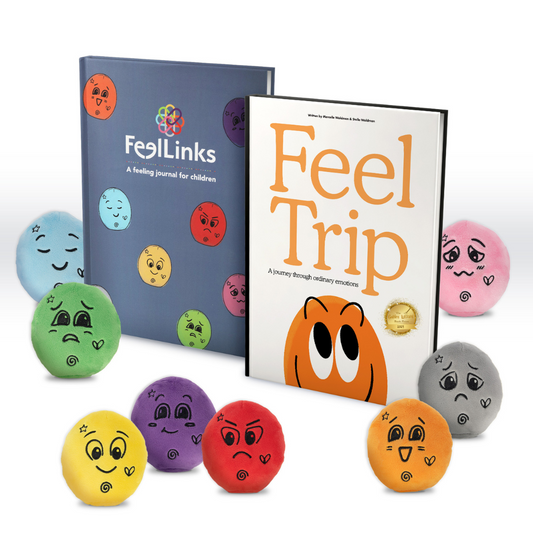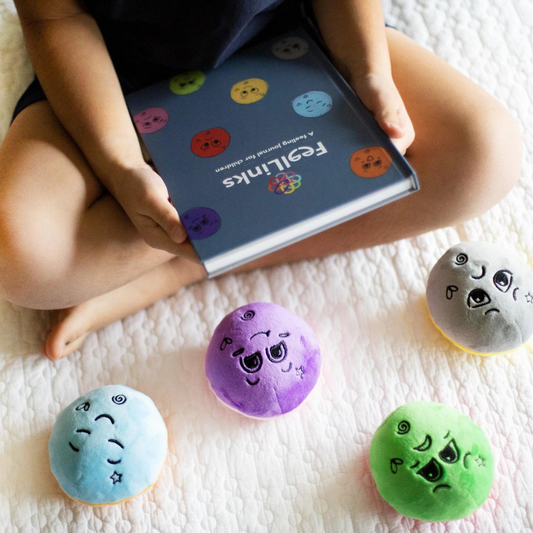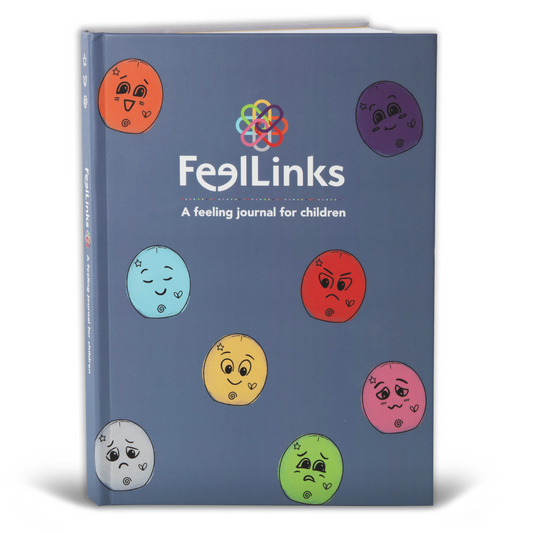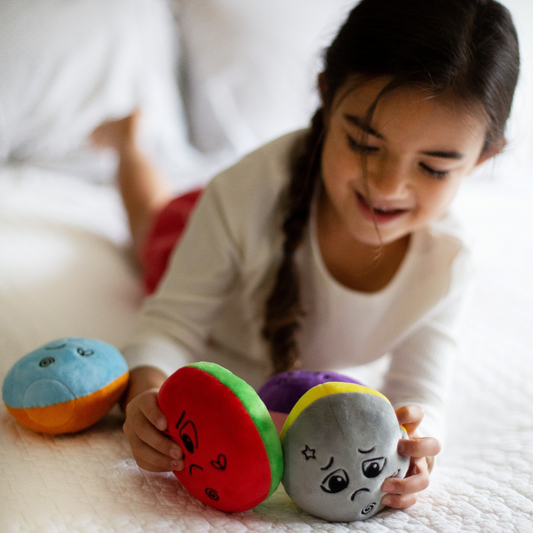Teaching Our Children Gratitude
Share

* my family, at the beach, during sunset on a summer night - I feel so much gratitude with this memory
Believe it or not, we are already in the month of November! When I think of November, my mind immediately goes to gratitude. The word gratitude is derived from the Latin word gratia, which means grace, graciousness, or gratefulness. Gratitude is a thankful appreciation for what someone receives, whether tangible (gifts) or intangible (health). Living a life with gratitude can support a life of self-worth, resiliency, selfless behavior, and greater joy (According to Psychology Today, lead gratitude researcher Robert Emmons, gratitude reduces depression and increases happiness and directly relates to our mental health and feelings of joy). According to various studies, instilling gratitude in our children from a young age, is linked to happiness as they grow up.
Gratitude should be modeled for our children so that they hear it, see it, learn it, and express it! Saying "thank you", making a point to share what you are grateful for, writing thank you notes, volunteering to help a neighbor or organization - these are all great ways to model gratitude for our children.
We want to support children in recognizing what they are grateful for, whether tangible (stuff), or intangible (beauty), and how to show and express gratitude. Below are the four parts of gratitude along with some questions you can ask your child in order to foster a deeper sense of gratitude.
1. Recognize the things you are grateful for.
What do you have in your life? What people are you grateful for? What are you grateful for that are not tangible things?
2. Think about why you have been given those things.
What do you think of that gift? Should you give them something back? Did they give you a gift because they had to or because they wanted to?
3. Feel the emotion of gratitude.
How do you feel when someone gives you a gift? What does your head, heart and belly feel like?
4. What you do to express your gratitude.
Can you do something to show how you feel? Does your feeling of gratitude make you want others feel the same way?
We often begin teaching gratitude by encouraging our children to say "thank you." Thanking someone is a great first step in expressing appreciation. Sometimes children need prompting, but later on, as they understand the feeling of gratitude, it will become genuine. When your child shows gratitude by saying "thank you" on their own, be sure to give them positive reinforcement for their unprompted behavior.
Another great way to show gratitude is through acts of service and acts of kindness. Doing a favor for a family member or friend, making cards or writing letters to community helpers, or volunteering to help a neighbor or a meaningful organization. These acts of kindness are genuine ways for our children (and us) to show appreciation and gratitude for others.
A household gratitude activity is another great way to teach children gratitude. Our family has a gratitude jar in the kitchen. We write on tiny slips of paper what we are grateful for and place them in our jar. We will read them on New Years Eve and reflect on the gratitude we felt over the past year. I wrote another blog about gratitude and spoke about our jar, you can read that here.
It can be difficult to do at times, but finding a silver lining to tough situations, can be a great way to teach kids gratitude. According to dictionary.com, silver lining means, a sign of hope in an unfortunate or gloomy situation; a bright prospect. The past two years of the pandemic, I think I have heard the words "silver lining", more than ever before. It's been rough for many of us, and it can be difficult to find gratitude during hard times. Expressing gratitude is not always something we can do or expect our children to do "in the moment" when circumstances are difficult, but it can be practiced after some time has passed. Take time to help your child reflect and find the silver lining, ask questions like: "What is something good that came out of this?" "Can you find something positive from this hard situation?"
Daily (or weekly) journal entries expressing gratitude, is another great way to track your appreciation. In fact, studies show that it increases one's positivity, self-esteem, reduces stress, creates greater optimism, supports positive relationships, and even gains you a better night's sleep. Now is a great time to begin a healthy habit of journaling. FeelLinks Journal is a great resource for children ages 3-9. A perfect gift for the holiday season ahead (hint, hint).
November seems to bring out a special time to focus on what we are grateful for. However, expressing gratitude is a great practice any day of the year. I would like to express my gratitude for you being a part of the FeelLinks Community, thank you!
Here is a FREEBIE for your family or classroom. I hope you enjoy a little gratitude challenge.
With Genuine Gratitude,
Marcelle





